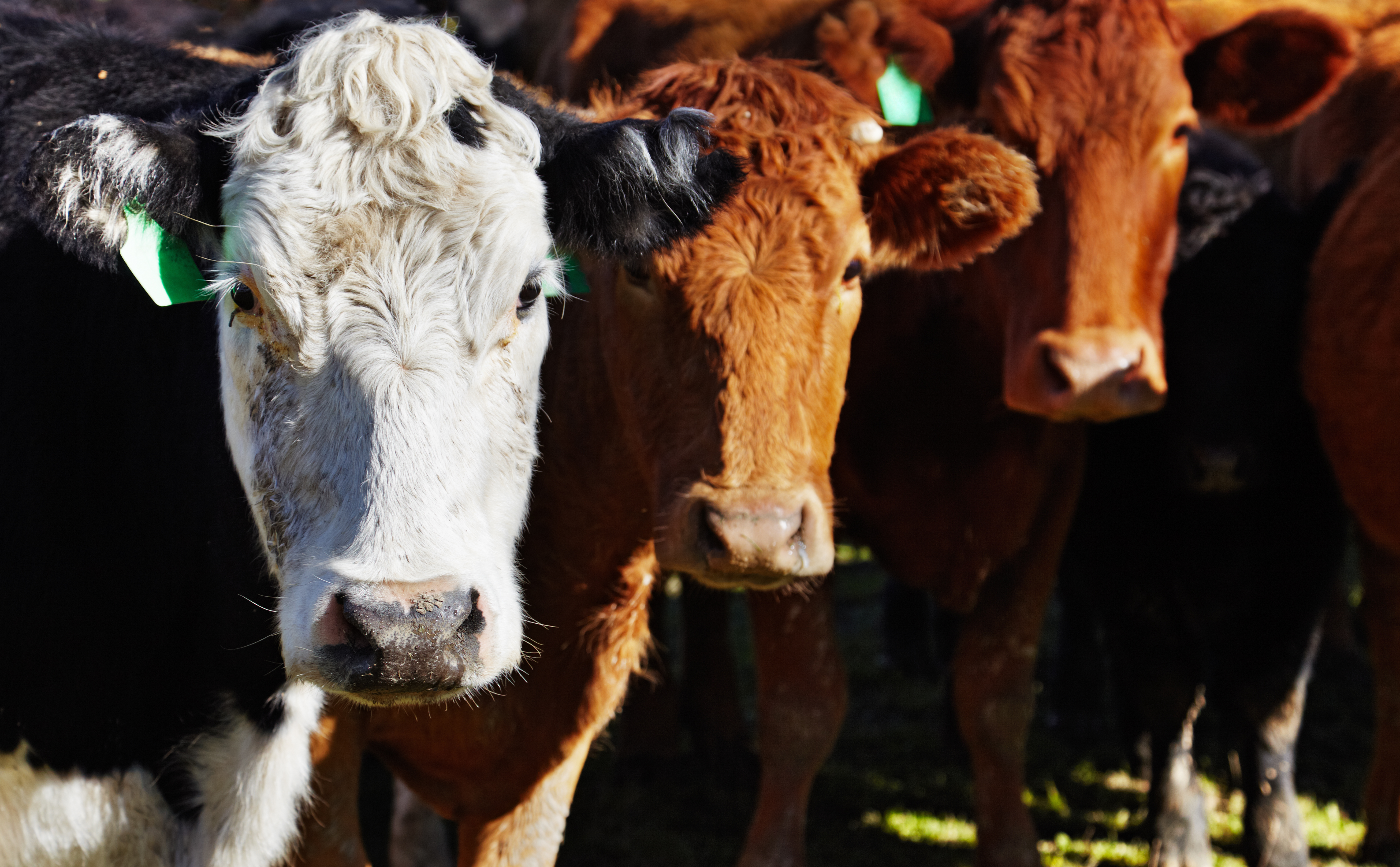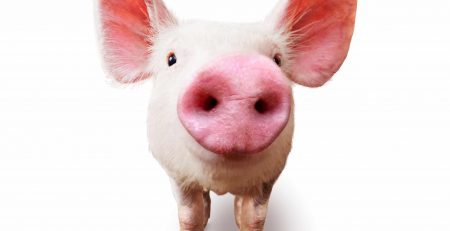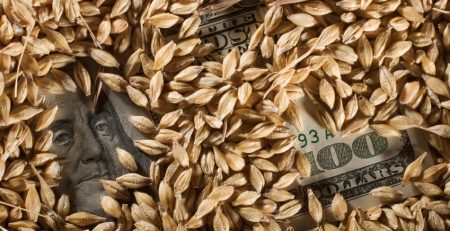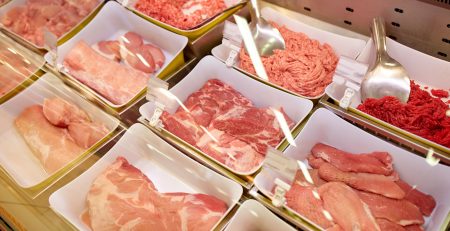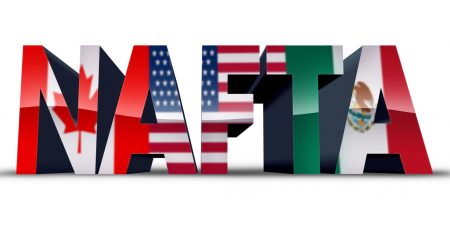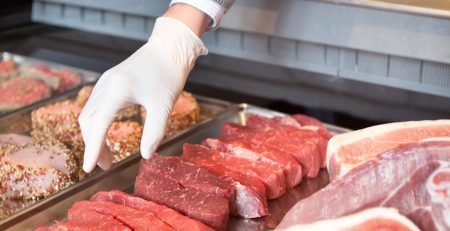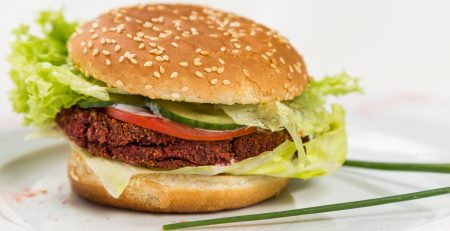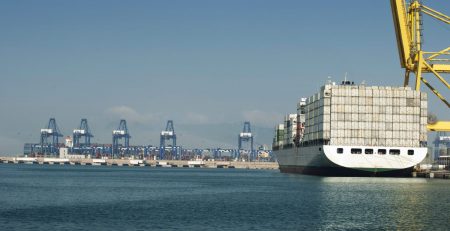Better Than Anticipated Cow-Calf Returns in 2017
Cattle prices during the fourth quarter of 2017 were significantly stronger than expected. Higher prices caused 2017’s calculated cow-calf return over cash costs plus pasture rent to be revised up. In fact, earlier in 2017, the forecast was for returns to be negative, but they actually will be positive.
Since the mid-1970’s, the Livestock Marketing Information Center (LMIC) has estimated annual cow-calf returns based on a typical commercial full-time spring calving and fall weaning operation. Those estimates are not survey-based and are developed for market analysis purposes. They do not represent an individual ranch/farm resource base. LMIC calculations only include cash costs of production and pasture rent. That is, return to owner management, labor, etc., are not included. The returns are useful only in a general context. For example, the LMIC uses those estimates because producer return is a key factor influencing national herd growth or contraction.
In the Southern Plains, using auction prices reported by USDA’s Agricultural Marketing Service (Market News Division), in mid-November the LMIC projected that steer calves weighing 500-to 600-pounds in 2017’s fourth quarter would be in the upper $160’s per cwt., a year-over-year increase of $28.00 to $29.00 per cwt. (up about 21%). Still, compared to the last quarter of 2015, Southern Plains steer calf prices this fall are projected to be lower by $36.00 to $37.00 per cwt. (a drop of about 18%).
As 2017 progressed, several positive demand factors came together supporting cattle prices in the face of a larger national calf crop (2017’s was estimated at mid-year by USDA’s National Agricultural Statistics Service as the largest since 2007’s) and more U.S. beef production than in any year since 2010. Foreign demand was better than expected. The tonnage of U.S. beef sold to other countries was record-large. Demand by packers for slaughter-ready animals was robust and helped pull animals through feedlots, keeping slaughter weights below 2016’s. U.S. retailers battled for customers, and one tool they used was featuring beef and offering special prices. A robust U.S. economy bolstered consumer incomes and reduced unemployment levels, factors that supported spending on beef meals at home and in restaurants.
For the year, 2017’s cash production costs per cow were slightly higher compared to a year earlier. Of course, many areas of the U.S. this year suffered from natural disasters (drought, wildfires, or flooding), which caused their production costs to spike-up. LMIC estimated that cow-calf returns peaked in 2014, surging to about $535.00 per cow. However, by 2016 the return had crumbled into the red (-$21.00 per cow). For 2017, the LMIC calculation is for a positive $69.00 per cow, which is about the same as posted in 2011. That return may not cover all economic production costs, especially for relatively high-cost operations.
A cautionary note is in order. Returns may erode for the next two years. Cyclically, U.S. calf crops are forecast to continue increasing throughout 2019. U.S. beef tonnage produced in 2018 is expected to be record-large and should rise in 2019, again. Unless demand (domestic and foreign) for beef comes in much better than anticipated, calf prices are forecast to slip for the next two years. Still, calf prices in the fourth quarters of both 2018 and 2019 could remain above 2016’s depressed level. However, any faltering in demand relative to 2017’s could quickly send cattle prices back down to 2016 levels.
This article was first published on https://www.qtwebhostdemo.com.

